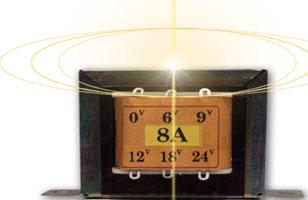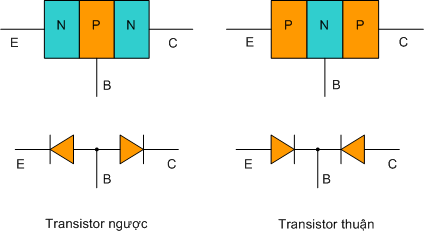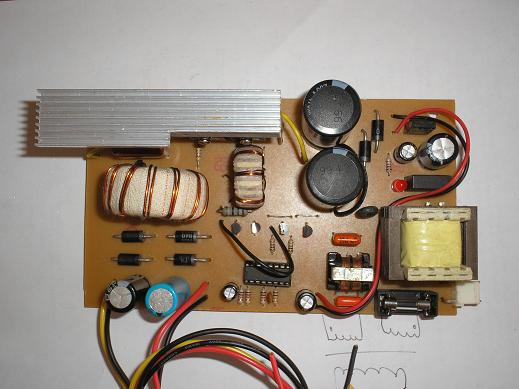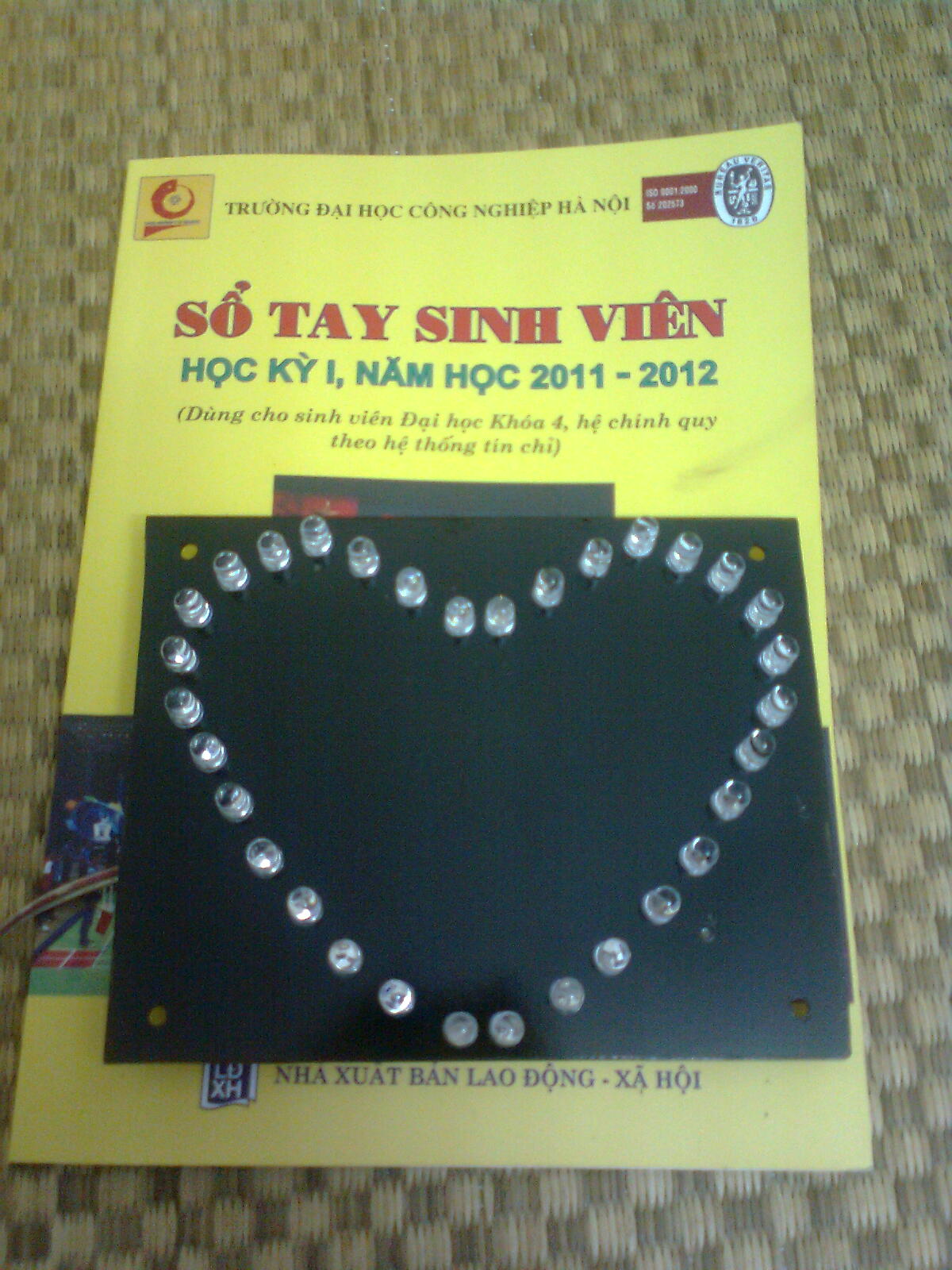EMC Design Guide for Printed Circuit Boards
Hướng dẫn thiết kế EMC cho PCB. Tài liệu bằng tiếng anh.
Due to the tremendous increase in the use of electronic devices, ensuring Electromagnetic Compatibility (EMC) of a full system in its early design phase is becoming one of the major technical issues, especially for automotive manufacturers. Safe and reliable operation must be guaranteed and legal requirements have to be satisfied. From both car-makers and
suppliers sides, the electromagnetic problems occur either when integrating electronic devices in their operating environment (cross-coupling, interference) or when dealing with the related EMC regulations (simulation of radiating phenomena due to Common-Mode currents induced on attached cables). As digital devices become smaller and perform at greater speeds, their emissions increase, making a thorough understanding of Electromagnetic Interference (EMI) essential for everyone in electrical engineering and design today.
This document contains design guidelines to aid in achieving EMC (Electromagnetic Compatibility) in automotive electrical/electronic components and systems. None of the material presented herein is new. On the contrary, it is based on well-established EMC measures and techniques, and on specific automotive EMC experience accumulated over the
years within Ford Motor Company. The "EMC design guide for PCB" simply attempts to collect that wisdom together.
It should be pointed out that Parts 1 through 6 of this document are meant to be strictly informative. For example, the various design techniques presented in Section 5 are derived from a set of fundamental principles, and although the techniques aid each other in achieving electromagnetic compatibility, they don't guarantee it. Suppliers are ultimately responsible for assuring full Ford EMC compliance of their products.
Completion of Part 7 is mandatory.



 Tính toán quấn máy biến áp 1 pha tần số 50Hz
Tính toán quấn máy biến áp 1 pha tần số 50Hz  Cấu tạo, nguyên tắc hoạt động của Transitor
Cấu tạo, nguyên tắc hoạt động của Transitor  Nguyên lý và sử dụng nguồn xung hay bộ biến đổi nguồn DC-DC
Nguyên lý và sử dụng nguồn xung hay bộ biến đổi nguồn DC-DC  Làm LED trái tim với 8501
Làm LED trái tim với 8501  Ký hiệu, Hình dạng, kiểm tra, Xác định chân Transitor
Ký hiệu, Hình dạng, kiểm tra, Xác định chân Transitor 

